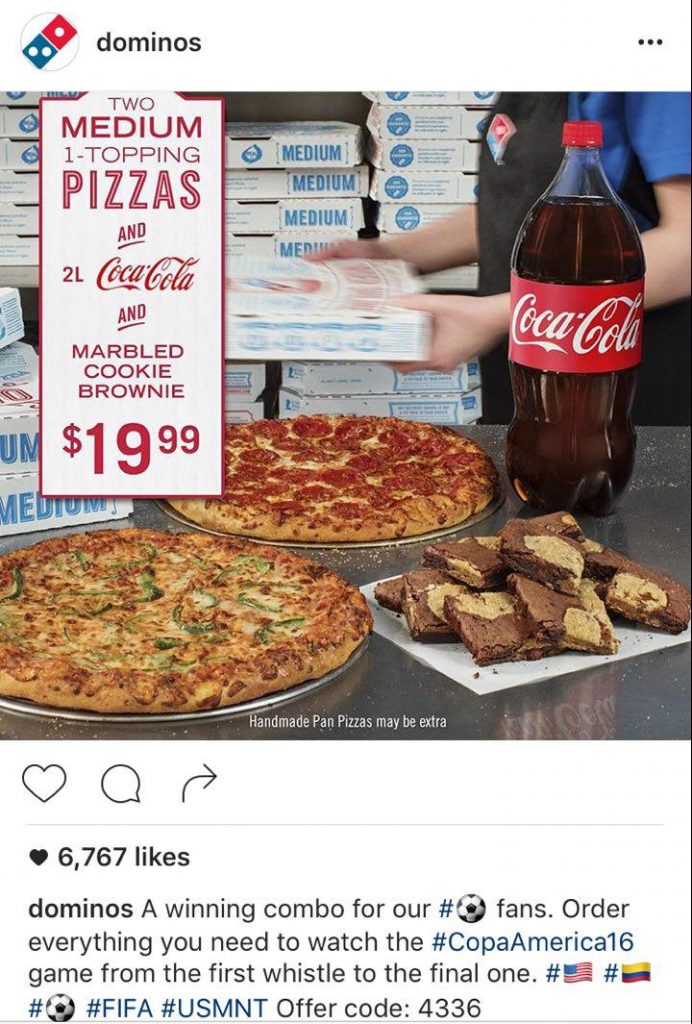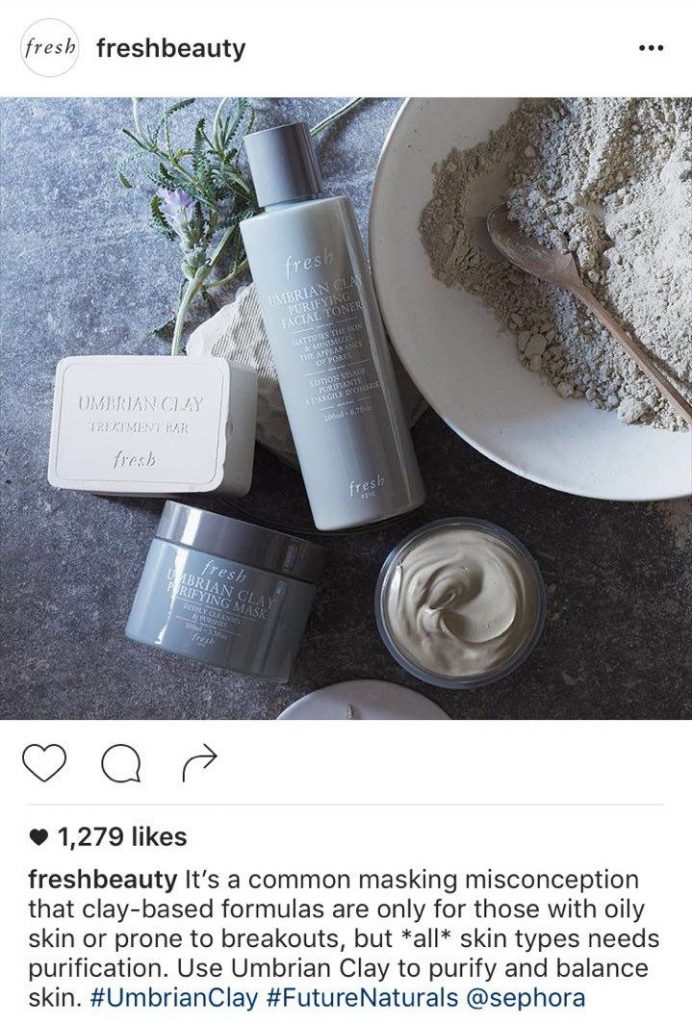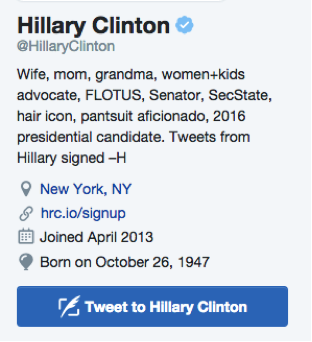His quaff has been compared to everything from salmon nigiri to the silky tassel on the tip of corn on the cob.
His triumph as President Elect has confused everyone from his own supporters to my grandma.
He’s… *sigh*. He needs no introduction.
The US Presidential Election results had us squirming and swivelling in our office chairs all year. Not because of our respective political views, but because we’re in the business of communications. As specialists in the marketing and PR field, we were just cringing about how fast his controversial messages moved with the right format. Sadly, in the days of partisan Facebook groups, memes, and Twitter, false messages can go viral quickly.
What can we learn from this? Is there a silver lining to this mayhem? Whatever your position on Trump’s politics and message, his win says a lot about the type of content that travels. The shorter, the better. The more conviction, the more viral.
We could have written a Mutant blog about what NOT to do according to the 2016 Presidential Election, but we want to keep it light (and we weren’t sure if WordPress could support 5000-page manifestos, TBH.) So, while the first debate taught us how to live tweet, here are some brand messaging lessons we learned from the Trump win:
1. Sound bites make the news
“I’m gonna build a wall.”
“It’s freezing and snowing in New York – we need global warming!”
Sure, it’s a whole lot of crazy, but these words received media coverage – not just because they were outrageous, but because they were short and said with conviction. It’s not uncommon for politicians to drag on about unpopular policies, but people just tune out. In Trump’s case, his short, syndicated quotes travelled fast. In any news event, journalists literally sit through press events waiting to pick up on a soundbite that will draw in viewers or clicks.
Trump was at goldmine for these. The Cheezel-hued President Elect received a ton of free media coverage because his messages were easy to digest by mass media.
Ensure your own (less crazy) company message is short and concise. For example, when telling people what your business believes in, say it with conviction, and make it easy to digest and repeat to others.
2. The general public is THROUGH with jargon
One of the reasons some citizens don’t vote is because politics can be confusing. The dialogue is full of inconsistencies, and it can be hard to follow if you’re not regularly tuning in. Trump wanted to appeal to the general public and the working class, so he avoiding talking too much about policy and spoke to the people about their everyday problems.
You’ll easily be able to see some parallels between politics and business. Both are important for mobilising people; they’re hard to understand unless you’re in the industry, and both topics can be dryer than Donald’s throat during Debate #3. Here is how he explained his stance on illegal immigration:
“I will build a great wall – and nobody builds walls better than me, believe me – and I’ll build them very inexpensively. I will build a great, great wall on our southern border. Mark my words.”
Ok, ok, it sounds like it came from a children’s story book. Be simple, but still sound smart.
By using soft, simple terminology that anybody can understand, not only will your message be loud and clear, but it will be easier to spread. Start with the need of your audience, before you start to sell your product. If you’re a tech company, for example, talk first about what need you’re appealing to, then talk through the product.
3. Branded content trumps traditional advertisements
Trump became a walking billboard for his campaign. In fact, he has allegedly spent only a fraction of what Hillary had on ads. He is a walking content strategy, so much that the camera follows him, not the other way around.
To maintain this level of consistency, company leaders need to always be preaching their values and conveying them in everything they do. To C-Suite leaders, whether you are writing a blog, speaking at an event, or speaking on television, be consistent and stick to four or five core values. You know you will have succeeded when you people are unable to differentiate you from your brand and values. For some, Trump is a symbol for change; for others he is an unpeeled, boiled sweet potato headed for Office – but his message has been consistent. It’s just his audience that varies.
There you have it. The Donald’s message is what it is, and there’s not a lot we can do but learn from it.
Need help with getting noticed in the media? Write us at [email protected].
Image credit: marieclaire.co.uk














